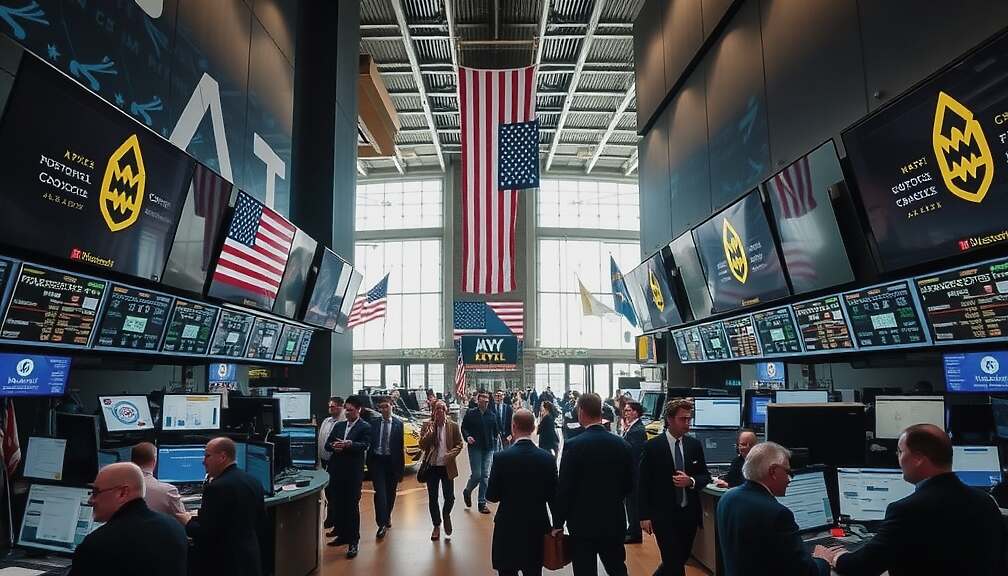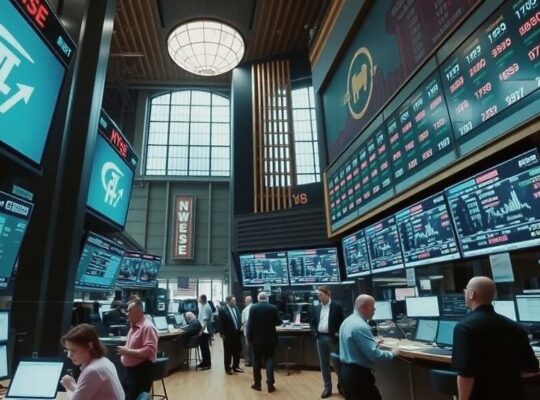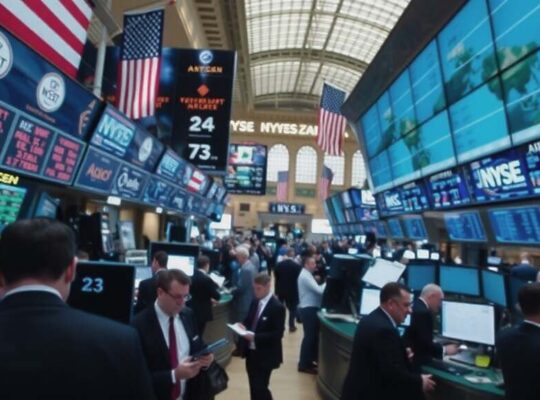The German stock market opened strongly Wednesday, with the DAX index climbing significantly, fueled by cautious optimism surrounding the potential resolution of the ongoing US government shutdown. Shortly after 9:30 AM CET, the benchmark index stood at approximately 24,321 points, representing a gain of 1.0% from the previous day’s closing level. Leading the gains were Brenntag, RWE and Commerzbank, while Eon, Zalando and Scout 24 lagged at the lower end of the performance spectrum.
The market’s bullish sentiment appears heavily reliant on the expectation that US political negotiations will bring an end to the protracted shutdown, currently the longest in US history. Thomas Altmann of QC Partners suggested that investors can anticipate the release of previously withheld economic data in the coming weeks, effectively ending a period of uncertainty. “This would mark the end of the flight blind for investors and central banks” Altmann stated, implying a potential for greater clarity and stability in economic forecasting.
The sustained upward trend over the past two days has allowed the DAX to regain distance from its 200-day moving average, currently situated at 23,393 points. This level, once approached within just 50 points last Friday, had previously been breached during the period of tariff-related market turbulence in April. Analysts caution that a sustained drop below this key technical indicator could be interpreted as a negative signal, potentially triggering selling pressure from both technically-oriented investors and algorithmic trading models. Such a breach would likely amplify existing anxieties about broader economic headwinds.
The euro experienced a slight depreciation against the US dollar, trading at $1.1584, reflecting a dollar price of €0.8633. Concurrently, crude oil prices decreased, with Brent North Sea crude futures falling to $64.85 per barrel, a 0.5% decrease from the previous day’s close. This decline continues a trend of fluctuating energy prices, adding another layer of complexity to the ongoing evaluation of global economic health. The market’s reactions highlight the interconnectedness of political events, technical indicators and commodity prices in shaping investor confidence.












